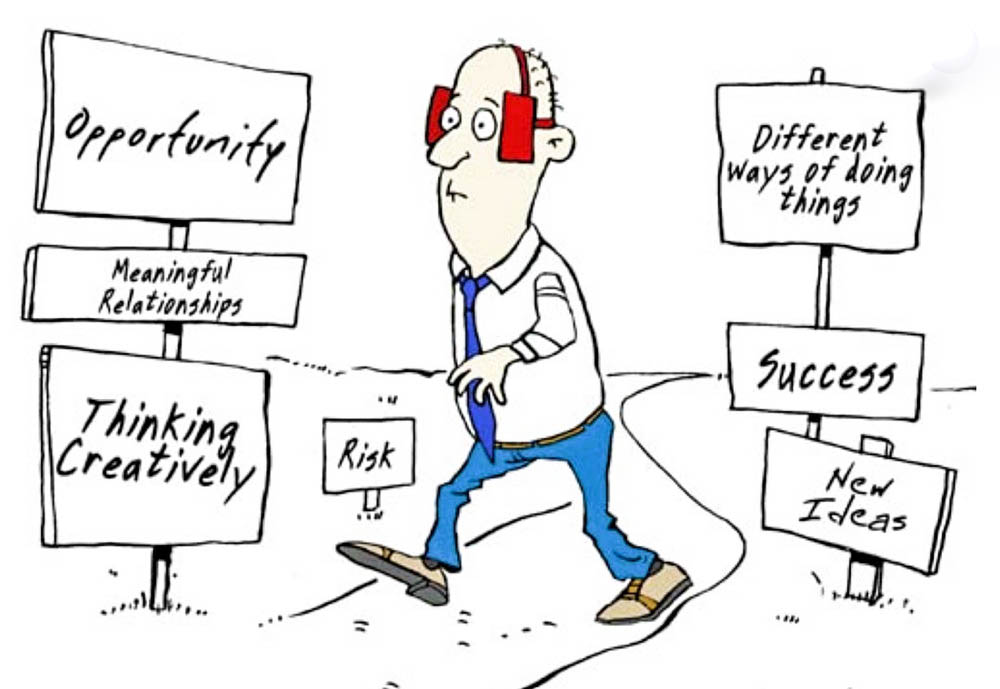Characterising effective eLearning (sic) resources
Littlejohn, Falconer, Mcgill (2008)
Presented in July 2006, accepted in august 2006 and published in August 2007 or 2008 referencing research and papers written between 1990 and 2004.
OK, this is an academic paper, but in a area that is changing so fast you'd think academics could pull their finger - even publish their thoughts as the develop online.
Digital assets: a single item, image, video or podcast.
Information objects: a structured aggregation of digital assets designed purely to present information.
Learning activities: tasks involving interactions with information to attain a specific learning outcome.
Learning design: structured sequences of information and learning activities to promote learning.
Learning Brief: (JV, 2012) My addition. Where it all begins where a client has a need, a problem to solve or opportunity to pursue, with an idea of the desired outcome, a budget, schedule and idea of resources that can be drawn upon or that will have to be created.
Conceptualization: source information.
Construction: repurpose and use in learner's context.
Integration: develop and use to inform others.
From Laurillard's 2002 Model (a bias for tertiary education).
An example of a PowerPoint presentation and its slides are given (only because, even in 2006, other forms of versatile, easily manipulated content were not readily available).
Narrative: downloaded by a student
Communicative: for discussion (synchronous, asynchronous, cohort, faculty, student body and beyond)
Interactive: searched, scanned (engaged, play)
Adaptive: (which Littlejohn et al give as editing, so reworking within the set, rather than adding anything new)
Productive: taking a constructed module PowerPoint (blog, video, animation, gallery photos, quotes, grabs, snips, apps) and repurposing (mash up) (Which I would call adaptive. (JV 2012, my additions in parenthesise).
Productive: (which Littlejohn al called productive in 2008 but I would call creative)
Resources: representation of knowledge by format and medium, flexibility and cost. With ease of manipulation and interaction key.
· Pure
· Combined
· Adapted
The conclusion is that when construction e-learning we need to look for and create digital resources that are:
1. Easily sourced
2. Durable
3. Easily Maintained
4. Accessible
5. Free from legal limitations
6. Quality assured
7. Appropriate cost
8. Resizable
9. Easily repurposed
10. Meaningful
11. Engages the learner
12. Intelligible
Various metaphors have been applied and can be applied, like building with Lego blocks Downes (2000) though Pegler’s preferences is to make a comparison with Technic ‘Lego’ (Pegler, 2004:Loc4282) where each piece has a set of actions.
Like a chemist combining chemicals to form atoms Wiley (2001)
Towards dynamic resources (less bespoke, more off the shelf, like sets of Apps that work in a designed sequence to produce a managed set of learning outcomes).
Constructivist (limited in precision training that requires specific, measurable outcomes in terms of changed behaviours).
Ownership (not personal learning environments, so much as personalised learning environments. Depends on the person's habits, choices and opportunities – pc, Mac, laptop or desktop, tablet and/or Smartphone; then choices regarding software tools within or married to the learning management system. Word, graphics, draw, charts, video, pics).
Their use in context is key (the institution, course, level, cohort, location).
(JV 2012. My thoughts italicised)
Like early car or computer manufacturer, become mass produced, trying to be lean, less a conveyor belt than a professional kitchen putting out a variety of courses to clients who are largely, within their respective contexts, demanding the same thing.
1890s bike shops turning to motorbikes and motor vehicles.
2000 bespoke websites and migrating learning distance and interactive ‘non-linear’ video based learning online, artisans, one offs, the Sistine Chapel.
REFERENCE
Downes, S (2000) Learning Objects. Available from http://www.newstrolls.com/news/dev/downes/col;umn000523_1.htm
Littlejohn, Falconer, Mcgill (2008) Characterising effective eLearning (sic) resources
Pegler, C and Littlejohn, A (2004) Preparing for Blended e-Learning, Routledge.
Wiley, D.A. (2000) Connecting Learning Objects to instructional design theory: a definition, a metaphor, and a taxonomy. In D.A. Wiley (ed), The instructional use of Learning Objects. Available from http://reusability.org/read/chapters/wiley.doc

